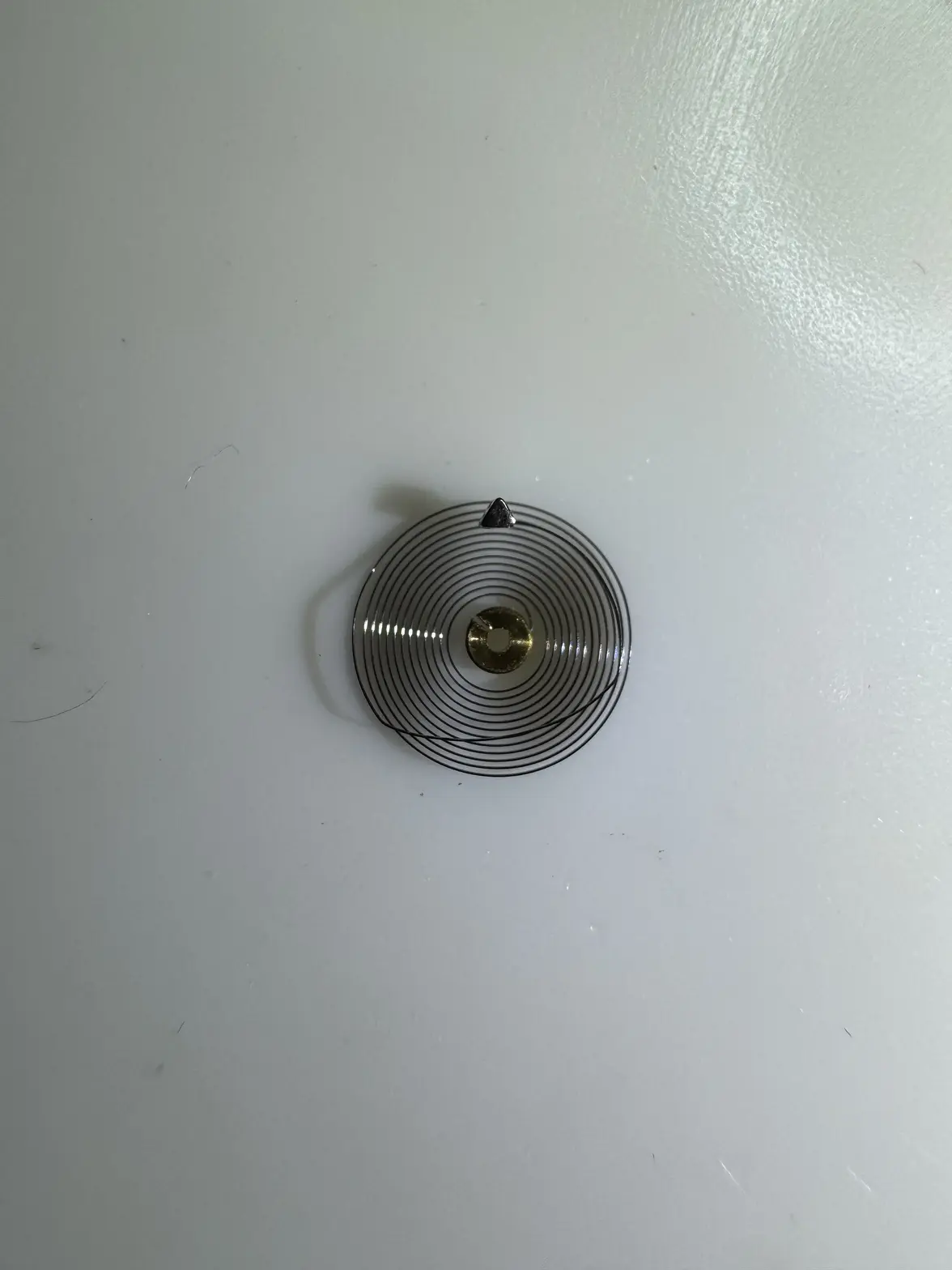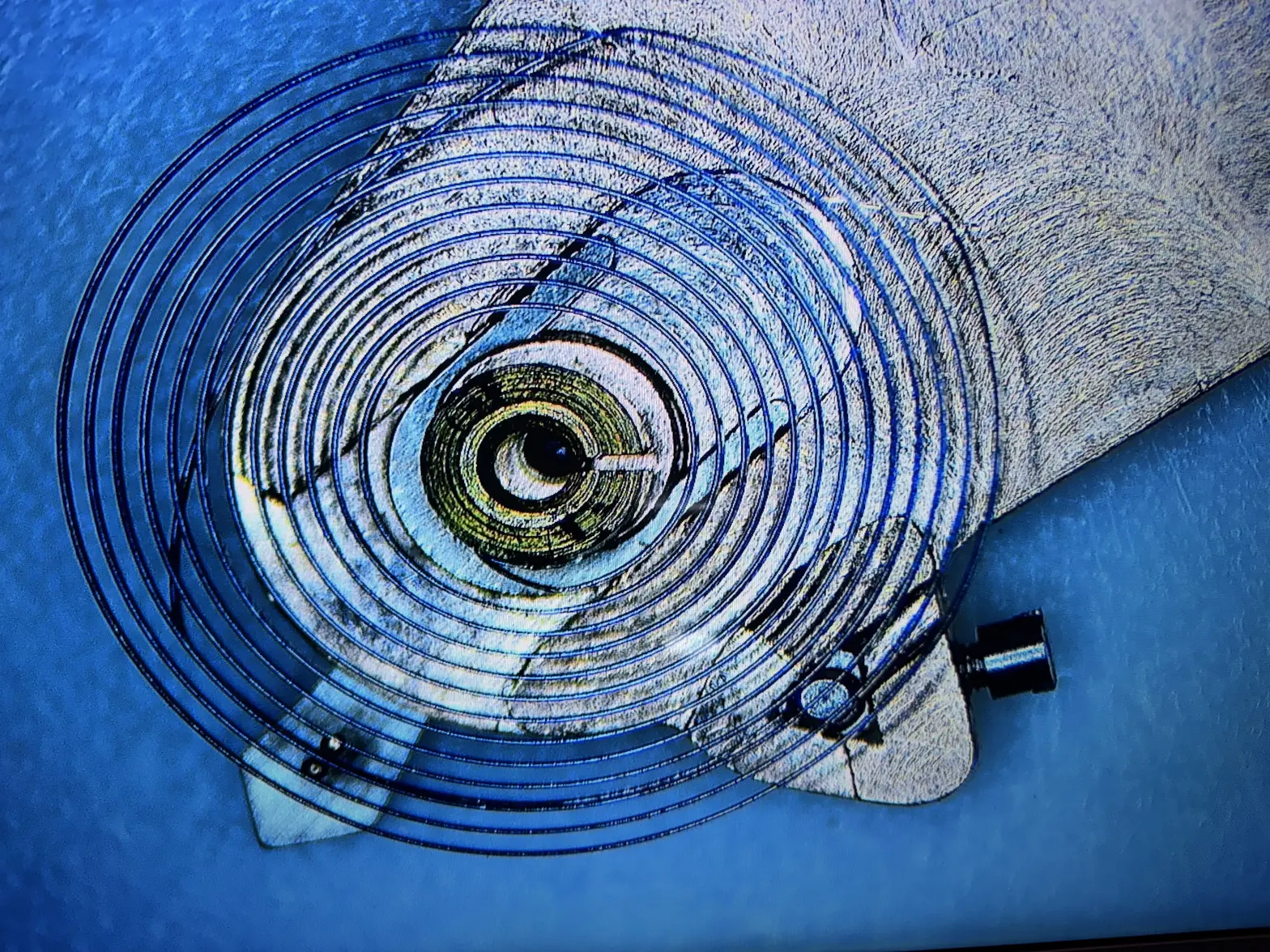Dsplash
·Hi all!
I’m diving in the hobbyist watchmaking world and I intend to gradually start dismantling old mechanical movements including Omegas from the 50s/60s.
i was wondering if someone had Omega te hi Val sheets from back then, I read about there being oiling guides for example. Or maybe some detailed caliber schematics?
I’m trying to compile as much documentation as I can!
Thanks 😀
I’m diving in the hobbyist watchmaking world and I intend to gradually start dismantling old mechanical movements including Omegas from the 50s/60s.
i was wondering if someone had Omega te hi Val sheets from back then, I read about there being oiling guides for example. Or maybe some detailed caliber schematics?
I’m trying to compile as much documentation as I can!
Thanks 😀

